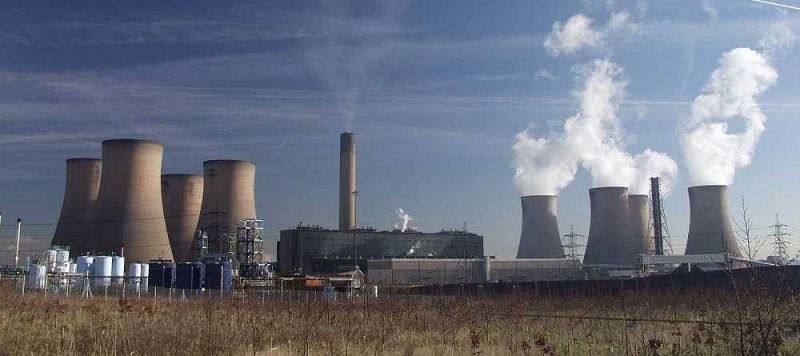Scottish and Southern Energy (SSE) said that its board has approved the company’s decision to retire the 485MW unit 1 of the 1,995MW Fiddler’s Ferry Power Station in North West England.

Image: The Fiddler’s Ferry Power Station in Warrington, Cheshire. Photo: courtesy of SSE.
The Fiddler’s Ferry Power Station, which was commissioned in 1971, comprises four units, each of about 500MW of power generation capacity.
SSE said that although the closing of the unit will bring down the capacity of Fiddler’s Ferry Power Station to 1,519MW, the impact it will have on the transmission system is negligible. The British power producer said that the transmission entry capacity, which is the right to export power onto the transmission system, of the coal-fired power station is only 1,455MW.
The company said that all the other three units of the thermal power plant have capacity mechanism contracts and will continue to operate normally.
SSE, in a statement, said: “The UK Government has committed to phasing out coal power stations by 2025 and it is well known that the economics of coal are challenged. SSE will continue to review the long term future for the station.”
The company took over ownership of the Fiddler’s Ferry Power Station in 2004 from AEP Energy Services in a deal worth for £136m.
The power plant, which is located in Warrington, Cheshire, is said to burn 16,000 tons of coal each day at its full capacity. Fiddler’s Ferry is also capable of operating on biomass, which is used as its secondary fuel.
Featuring eight cooling towers, each having a height of 374ft, and a 660ft long high chimney, the Fiddler’s Ferry Power Station is said to be an important landmark in the region.
Three of the power plant’s units are supported by contracts won in the GB Capacity Market Auctions to deliver the generated electricity from October 2017 to September 2019. Prior to that, in March 2016, SSE said that it would continue operations at the Fiddler’s Ferry Power Station until 31 March 2017, having secured a contract from the National Grid to deliver backup power for winter 2016/17.
In February 2016, the company said that it was considering closing three of the four units of the power plant owing to the then prolonged economic and environmental conditions for coal.
